In a competitive field like graphic design, effectively marketing yourself is crucial to attracting clients and building a successful career. Whether you’re a freelancer, an employee, or looking to start your own agency, these strategies will help you stand out and showcase your unique talents.
1. Build a Strong Portfolio
Your portfolio is your most powerful marketing tool. It should showcase your best work and demonstrate your skills, creativity, and versatility. Here’s how to make it impactful:
- Curate Wisely: Select projects that highlight your strengths and the range of your abilities. Aim for quality over quantity.
- Diverse Projects: Include a mix of styles and formats—logos, websites, packaging, and more—to appeal to various clients.
- Case Studies: Add context by including brief descriptions of the projects, the challenges faced, and the solutions you provided.
2. Create a Personal Brand
A strong personal brand helps you create a memorable identity. Consider these elements:
- Logo and Visuals: Design a logo that reflects your style and use a consistent color palette across your marketing materials.
- Unique Voice: Develop a consistent tone in your communication, whether on social media, your website, or email.
3. Leverage Social Media
Social media platforms are excellent for showcasing your work and connecting with potential clients. Here’s how to maximize your presence:
- Choose the Right Platforms: Focus on visually-driven platforms like Instagram, Behance, and Dribbble, but don’t overlook LinkedIn for professional networking.
- Engage Regularly: Share your work, process shots, and insights into your design philosophy. Engage with other designers and potential clients by commenting and sharing their work.
- Use Hashtags: Research and use relevant hashtags to increase the visibility of your posts.
4. Network Effectively
Building relationships in the design community and beyond can lead to valuable opportunities. Here are some networking tips:
- Attend Events: Participate in design conferences, workshops, and local meetups. Networking in person can lead to meaningful connections.
- Join Online Communities: Engage in design forums, social media groups, and platforms like Reddit or Facebook, where you can share knowledge and collaborate.
- Reach Out: Don’t hesitate to connect with fellow designers, potential clients, or industry influencers through email or LinkedIn. A friendly introduction can open doors.
5. Offer Value through Content
Creating valuable content can establish you as an expert in your field. Consider these strategies:
- Start a Blog: Share insights, tips, and case studies about graphic design. This can attract visitors to your site and showcase your expertise.
- Create Tutorials: Share your knowledge through video or written tutorials. Platforms like YouTube or Skillshare can be great for this.
- Design Freebies: Offer free resources like templates, icons, or wallpapers. This not only showcases your skills but also builds goodwill in the community.
6. Utilize Online Marketplaces
Leverage platforms designed to connect freelancers with clients:
- Freelance Sites: Join platforms like Upwork, Fiverr, or 99designs. While competition can be tough, these sites can help you build a client base.
- Showcase Platforms: Use sites like Behance and Dribbble to display your work and attract potential clients who browse for talent.
7. Request Testimonials and Referrals
Positive feedback from past clients can significantly enhance your credibility:
- Ask for Reviews: After completing a project, kindly ask your clients for testimonials. Showcase these on your website and social media.
- Encourage Referrals: Let satisfied clients know you appreciate referrals. Offering a small incentive can motivate them to spread the word.
8. Stay Current with Trends
The design industry is always evolving, so keeping your skills and knowledge up to date is vital:
- Continuous Learning: Enroll in online courses, attend workshops, or read design blogs to stay informed about the latest trends and techniques.
- Experiment: Regularly challenge yourself with new styles and projects to keep your portfolio fresh and relevant.


